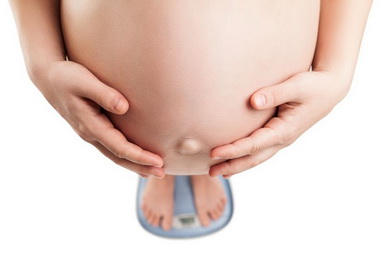How a Mother’s Diet May Affect Her Offspring’s Liver in the Future
The human body consists of many body parts and organs. Some of the organs are vitally important - those the body can't function without. The liver is one of them. It is responsible for several crucial body functions and operations, the most essential of which include:
- Detoxification functions.
- Formation of proteins necessary for the blood clotting process.
- Secretion of bile.
- Blood filtration.
Therefore, the liver is a body organ whose importance cannot be understated. Regardless of how important it is, however, the liver is vulnerable to diseases and certain conditions that can hinder its optimal functionality. According to recent findings, it has been uncovered that a mother's diet while pregnant can have prolonged consequences, good or bad, for the liver of her offspring. More specifically, an obese pregnant mother can make her offspring contract NAFLD (Non-Alcoholic Fatty Liver Disease).
According to recent findings, it has been uncovered that a mother's diet while pregnant can have prolonged consequences, good or bad, for the liver of her offspring. More specifically, an obese pregnant mother can make her offspring contract NAFLD (Non-Alcoholic Fatty Liver Disease).
NAFLD and obesity
The main cause of NAFLD is obesity in the body of the host. However, due to recent research, the tangible connection to an obese mother while pregnant has also now been noticed. The direct cause, however, is still unconfirmed and further research is still underway to make a solid conclusion of the link between a person’s NAFLD and their mother’s obesity during pregnancy.
A mouse model was the main point of reference that has led researchers to this conclusion. After the statistics were analyzed, researchers found out that the offspring showed positive results, and certain changes in their liver took root as a result of obesity in their mother. The said changes were found to prolong gradually for most of the lifespan of the offspring, and not even a low fat diet after birth proved effective enough to halt the effects.
Once NAFLD takes root, it has two major effects on the liver: formation of scarred tissue and consequent liver cirrhosis. Both of the effects hinder the normal functioning of the liver.
The importance of the findings
Once the link is confirmed in the human body, it could mean cheaper ways of preventing, and probably treating, NAFLD. This should prove to be extremely beneficial given the fact that a good 30% of people in the US sooner or later develop NAFLD. In addition to being able to give the right preventive measures, researchers also say that it might be possible to point out who is at higher risk of NAFLD due to maternal causes.